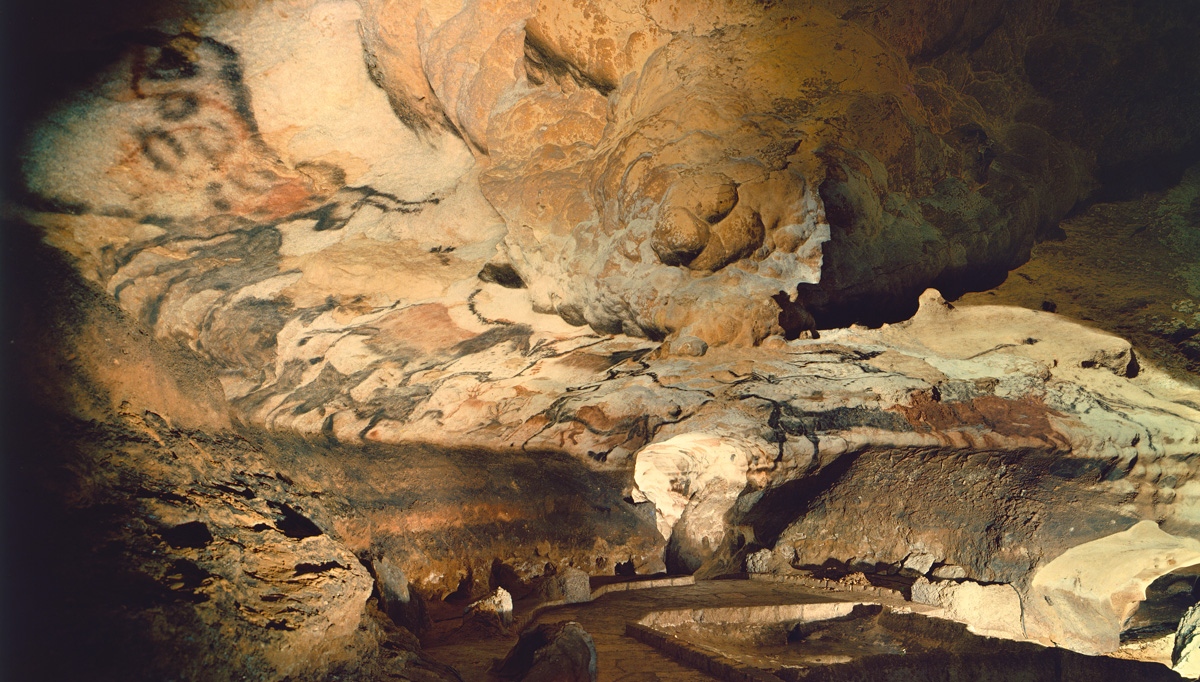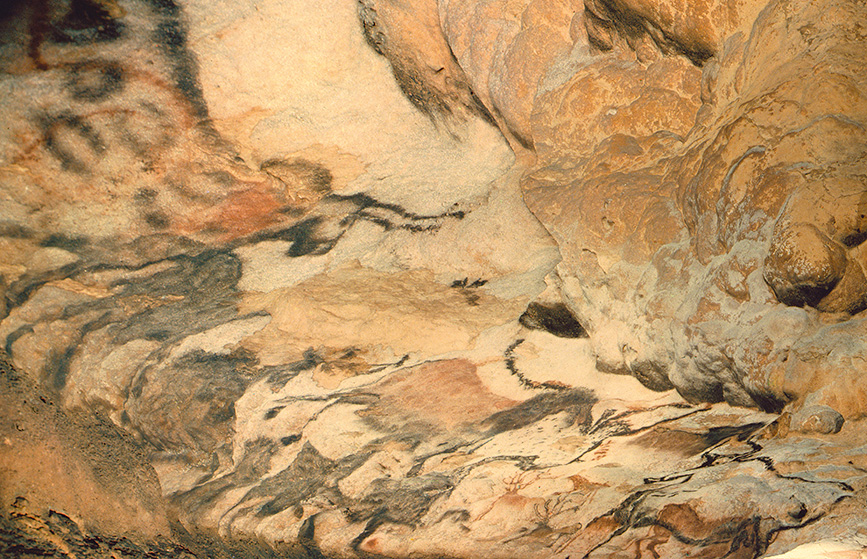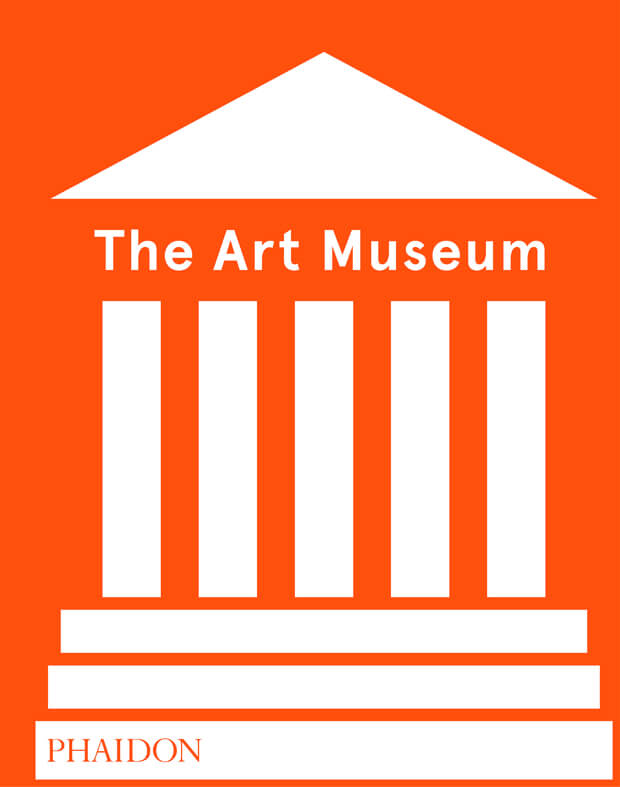
How we relocated the Lascaux caves to The Art Museum
They've been closed since the Sixties but now you can visit them in our impossibly good museum-in-a-book
You can’t visit Lascaux Cave any more. The French cave, home to one of the finest examples of prehistoric cave art in the world, has been closed to viewers since 1963. Instead, visitors to Lascaux’s location in Montignac, southern France, can shuffle past reproductions of the cave paintings, based on the originals created c.18,000–15,000 BC, in a specially built centre above the cave’s site.
So, how have we managed to fit the original cave into Art of the Stone Age room in The Art Museum? We’ll, we’ve cheated a little. This new, revised edition is the most comprehensive and compelling art museum, published in book form. The Art Museum has got it all, from prehistoric times to the present, all arranged in a series of museum-style rooms; it features over 1,600 artworks created with the expertise of 28 art world curators and historians.
From the Stone Age through to today’s masterpieces by Hirst and Koons, The Art Museum manages to squeeze an impossibly large and impressive range of exhibits on to its pages. Hundreds of illustrations and thousands of illuminating lines of 'wall text' let readers browse through centuries of art, as if they were wandering through the rooms in this impossibly comprehensive museum.
Here, for example, is a little insight into the kind of animals you’re likely to see gambolling across Lascaux’s walls.

“Thematically, Lascaux is dominated by horses,” explains the book, “but it is better known for its thirty-six depictions of aurochsen (extinct wild oxen). The best examples are found in the Hall of the Bulls, a large chamber about 17 metres (56 ft.) in length. Seven aurochsen appear, some almost life size, in addition to nine horses, six red deer, a bear and several enigmatic signs. The horses’ thick coats and long tails, the thick hair and beards of the male aurochsen, and the massive antlers of the red deer stags show each species in their rutting seasons: winter, summer and autumn respectively. The scenes have been called a ‘fantastic ode to life’, and they act as a kind of calendar of procreation, obviously a strong concern for Palaeolithic hunter-gatherers.”

Check back soon for another fantastic trip round The Art Museum, and if you like what you see, buy a copy of the book here.